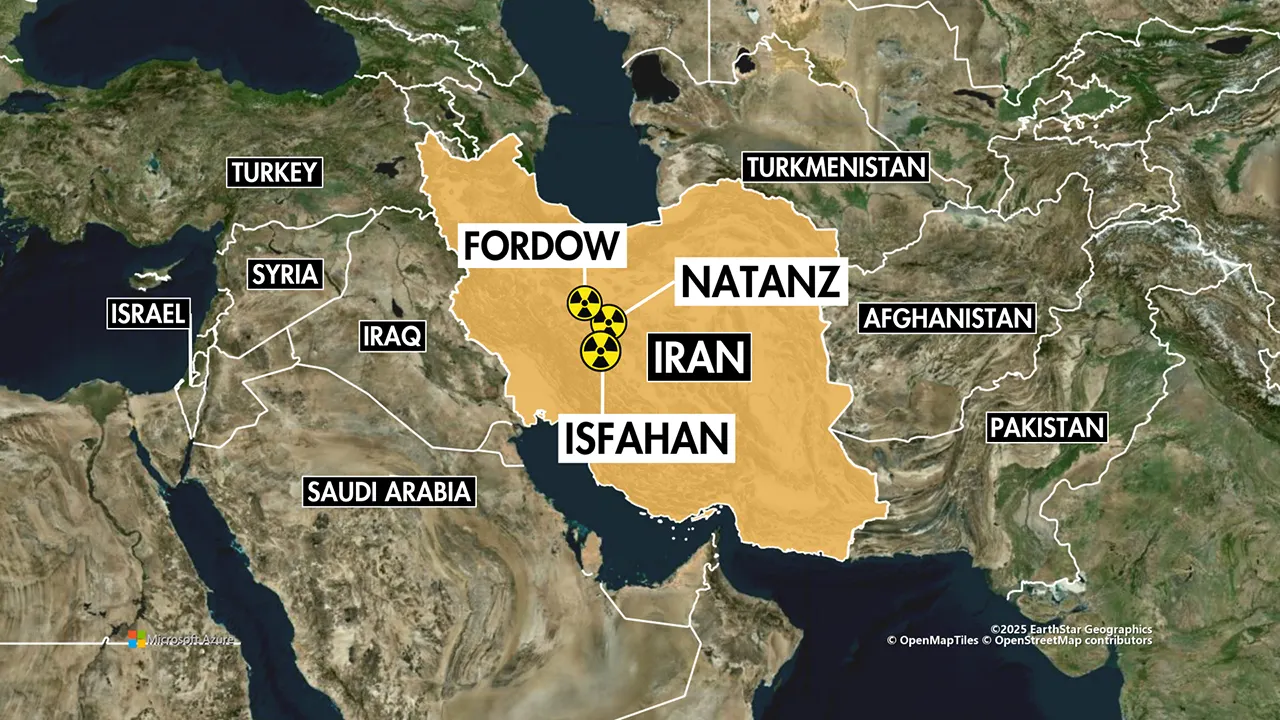Analysts warn Iran regime may still retain nuclear ambitions after sites ‘obliterated’

President Donald Trump made a bold declaration last week, stating that the U.S. airstrikes on Iran’s underground nuclear facilities had completely obliterated them. He went on to say that the strikes, carried out by both the U.S. and Israel, had caused monumental damage to all of Iran’s nuclear sites.
U.S. Defense Secretary Pete Hegseth supported Trump’s statement in a briefing, confirming that the CIA had credible intelligence indicating that Iran’s nuclear program had been severely damaged by the recent targeted strikes. Israeli intelligence sources further revealed that the strikes on Natanz, Fordow, and Esfahan had caused severe and possibly irreversible damage to Iran’s known enrichment infrastructure.
Despite the success of the mission, there are lingering questions about what survived the strikes and what may come next. Analysts caution that while Iran’s declared facilities have been largely destroyed, covert elements of the program may still exist, and enriched uranium stockpiles could resurface.
International Atomic Energy Agency (IAEA) Director Rafael Grossi acknowledged the significant destruction caused by the strikes but warned that the threat from Iran’s nuclear program still remains. He noted that while Iran’s capabilities in terms of treatment, conversion, and enrichment of uranium had been destroyed to a large extent, the regime may still retain the technical knowledge and residual capabilities to rebuild its program over time.
A detailed assessment by the Institute for Science and International Security (ISIS) found that the strikes had effectively destroyed Iran’s centrifuge enrichment program. However, the report highlighted the presence of residual materials like enriched uranium stocks and manufactured centrifuges that could pose a threat in the future.
Jonathan Ruhe, director of foreign policy at the Jewish Institute for National Security of America (JINSA), emphasized the need to remain vigilant, as Iran could attempt to rebuild its program covertly. He noted that while the immediate threat had been reduced, Iran’s residual capacity could still be a cause for concern.
John Spencer, chair of urban warfare studies at the Modern War Institute, stressed that the strikes had rolled back Iran’s nuclear program significantly. He pointed out that building a nuclear bomb required more than just material and that the strikes had targeted crucial components of Iran’s nuclear infrastructure.
Dr. Or Rabinowitz, a nuclear proliferation scholar, highlighted the unknowns surrounding Iran’s remaining enriched uranium stocks and centrifuges. She noted that while Iran may have the material, the absence of a conversion facility could pose a significant hurdle in their path to nuclear weapons development.
As the intelligence picture continues to evolve, experts agree on one thing – Iran’s assumption that it could pursue its nuclear ambitions without consequence has been shattered. The airstrikes have sent a clear message that any attempts to revive the program will be met with swift and decisive action.
In a press conference, President Trump affirmed that he would not hesitate to bomb Iran’s nuclear program again if it was restarted. The ongoing monitoring and intelligence gathering by Israel and the U.S. will be crucial in assessing Iran’s next moves and preventing any future attempts to rebuild its nuclear program.
Overall, the airstrikes on Iran’s nuclear facilities have dealt a significant blow to the regime’s nuclear ambitions. While challenges and uncertainties remain, the international community remains vigilant in ensuring that Iran’s nuclear program does not pose a threat to global security.




